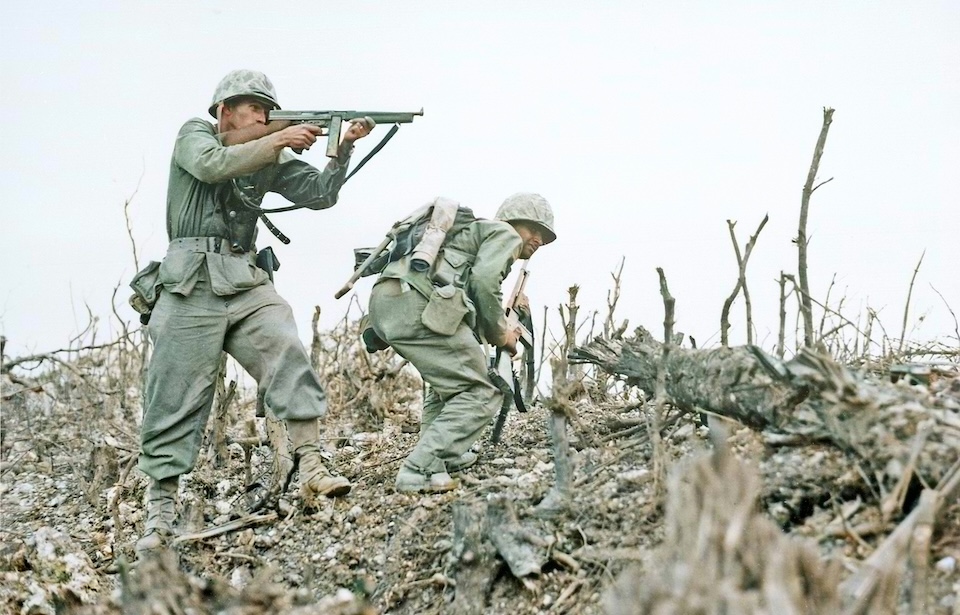As World War II neared its end, the United States started developing Operation Downfall, a plan focused on launching an amphibious invasion of the Japanese islands. This operation would have been a massive endeavor, potentially standing as one of the most deadly military campaigns in history. However, despite the thorough preparations, Operation Downfall was never executed.
Developing Operation Downfall
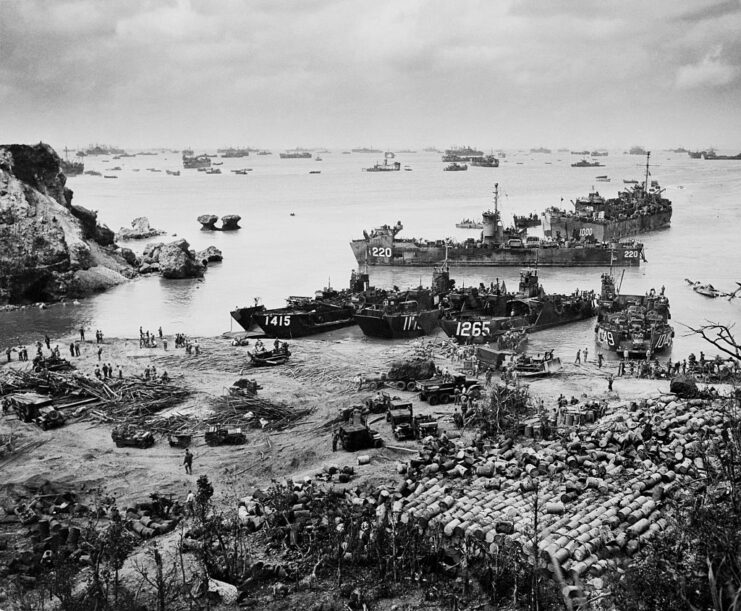
After D-Day, it became increasingly clear that the fighting in Europe was nearing its conclusion. However, the path to peace in the Pacific remained far off.
In early 1945, the Combined Chiefs of Staff met at the Argonaut Conference to devise a definitive strategy to bring the war to an end. This laid the foundation for what would eventually become Operation Downfall, the planned American-led invasion of Japan.
The plan was based on the expectation that hostilities in Europe would end by July 1, 1945, and that the upcoming Okinawa invasion, would be completed by mid-August. Operation Downfall was divided into two key phases, set for November 1945 and early 1946, respectively.
The first phase would use forces already deployed in the Pacific Theater, while the second phase would draw on these forces and those reassigned after the fighting in Europe ceased. The scale of the operation was enormous, set to exceed even the vast scope of the D-Day landings.
Operation Olympic
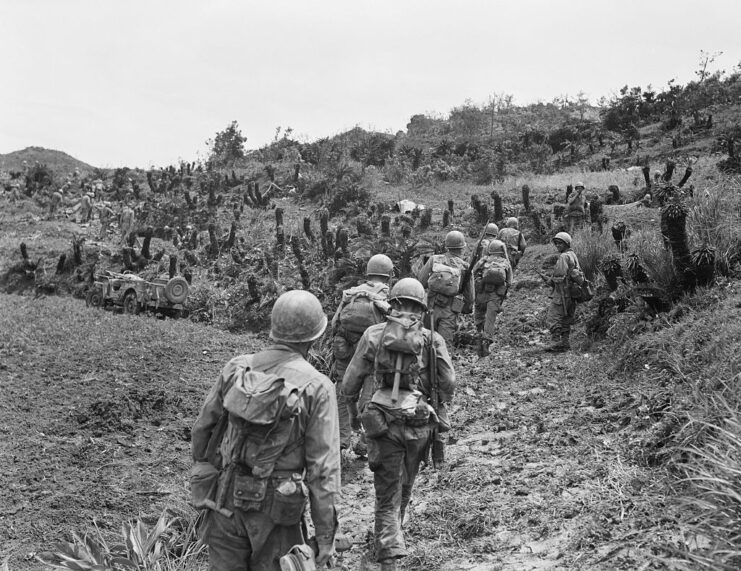
Operation Olympic, the first phase of Downfall, was scheduled to commence on November 1, 1945. American forces intended to initiate their invasion of Kyūshū from Okinawa, their newly fortified base, which would later become the staging area for troops involved in Operation Coronet.
The operation was set to deploy an extensive naval force, including 400 destroyers and escorts, 24 battleships, 42 aircraft carriers, 14 divisions, and two regimental combat teams. Additionally, a Commonwealth naval fleet, featuring four battleships and 18 aircraft carriers, would join the effort.
Logistical support for the amphibious and naval forces, along with securing landing zones, would be provided by the Fifth, Seventh, and Thirteenth Air Forces. Strategic bombing missions were to be carried out by the US Strategic Air Forces in the Pacific (USASTAF) and the British Tiger Force, with further assistance from No. 617 Squadron of the RAF, famously known as the “Dambusters.”
Operation Coronet
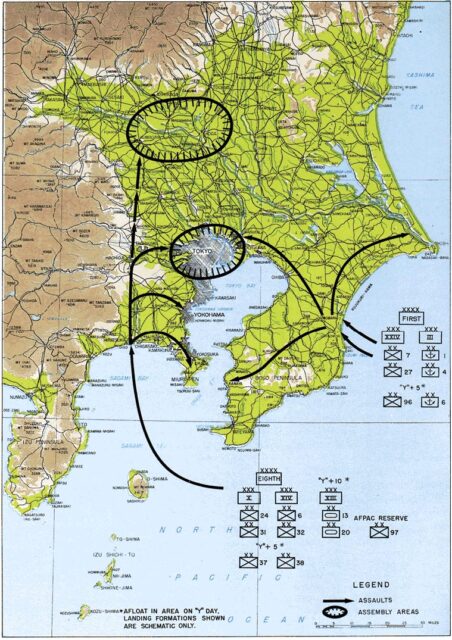
Following the expected success of Operation Olympic, the Americans prepared for a subsequent invasion that was designed to exert military pressure on the Japanese capital by targeting Honshu.
Known as “Y-Day,” it was scheduled for March 1, 1946. It involved 25 US divisions from the First and Eighth Armies landing at Kujūkuri Beach and Hiratsuka, respectively. Additional reinforcements, consisting of 20 more divisions, were planned to follow the initial landings.
The strategy also included the involvement of at least five Commonwealth Corps divisions. Initially not intended for deployment, these British, Canadian and Australian units were later integrated to support the American forces in advancing north to encircle the capital, before moving toward Nagano.
Operation Downfall’s success would have come at a heavy price
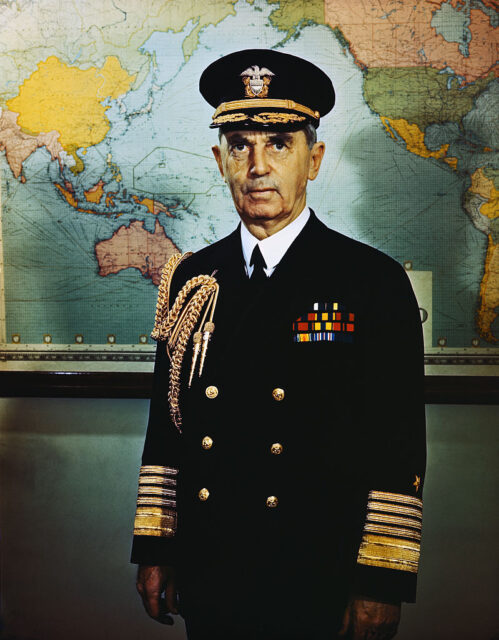
While the Americans created a concrete plan for invading Japan, Operation Downfall would have come at a heavy price. As part of the preparation, they did calculations to see what the estimated casualties would be. While the numbers varied, the outcome was always staggeringly high.
One approach taken by Fleet Adm. William Leahy was that the casualties would be similar in number to those experienced on Okinawa – 35 percent. This meant the invasion of Kyūshū alone would have resulted in 268,000 casualties. This number was similarly echoed by Intelligence Chief Maj. Gen. Charles Willoughby.
Some estimates were far higher. One study conducted during deliberations showed that the invasion of Japan would cause up to four million American casualties and around 10 million Japanese deaths. It was these figures that played a role in the decision to drop the atomic bombs.
Operation Ketsugō
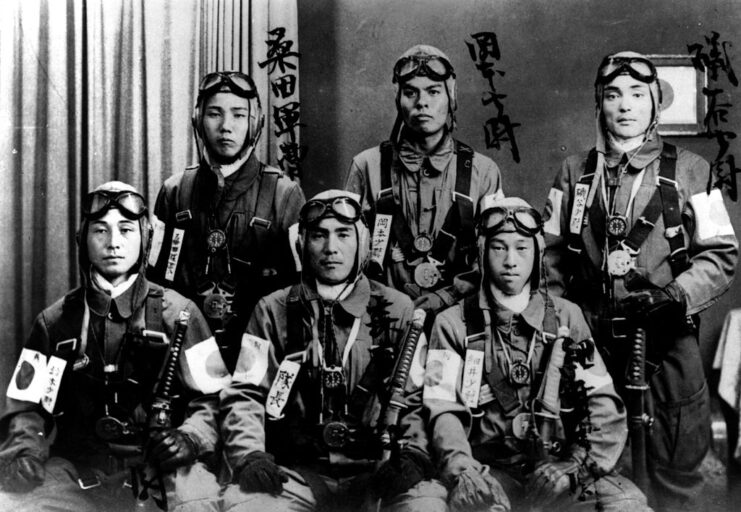
As the US planned its invasion, Japan was busy fortifying its defenses. Recognizing the increasing likelihood of an Allied assault, Japanese officials anticipated an attack post-1945 typhoon season. Remarkably, they accurately guessed the invasion locations.
Japan readied itself to counter 90 Allied divisions—20 more than what was actually expected. By this time, Japan understood that victory was out of reach. Instead, the strategy was to inflict such heavy costs on the invaders that the Allies might consider a truce.
Operation Ketsugō, Japan’s resistance strategy, not only involved significant military forces but also mobilized civilians. An extensive training program was put in place for new troops, including frogmen, and 28 million men and women were prepared for the Volunteer Fighting Corps. Additionally, Japan intended to use kamikaze pilots to stop the Allied naval forces from reaching the shores.
Downfall of Operation Downfall
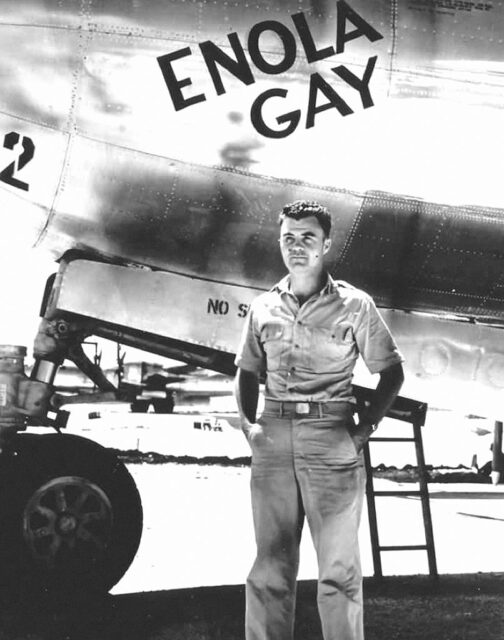
Ultimately, Japan’s preparations were for nothing, as its troops couldn’t withstand the attacks that brought World War II to a close. Before Operation Downfall could be put into action, the Americans dropped the atomic bomb Little Boy on Hiroshima, followed shortly after by Fat Man over Nagasaki. The Japanese surrender and the Soviet advance into Manchuria that followed solidified for the allies that Downfall was no longer needed.
Prior to this, the US really was actually preparing for the invasion. The country even went so far as to create almost 500,000 Purple Hearts in advance of the waves of injured Americans that would come out of Operation Downfall. Since they were never needed, the US military opted to hand out these medals in future wars; so many were made, in fact, that they were given out during the Korean War, in Vietnam, and during the wars in Iraq and Afghanistan.
Want War History Online‘s content sent directly to your inbox? Sign up for our newsletter here!
As of 2020, it was believed there could be as many as 60,000 of these Purple Hearts yet to be given out.
